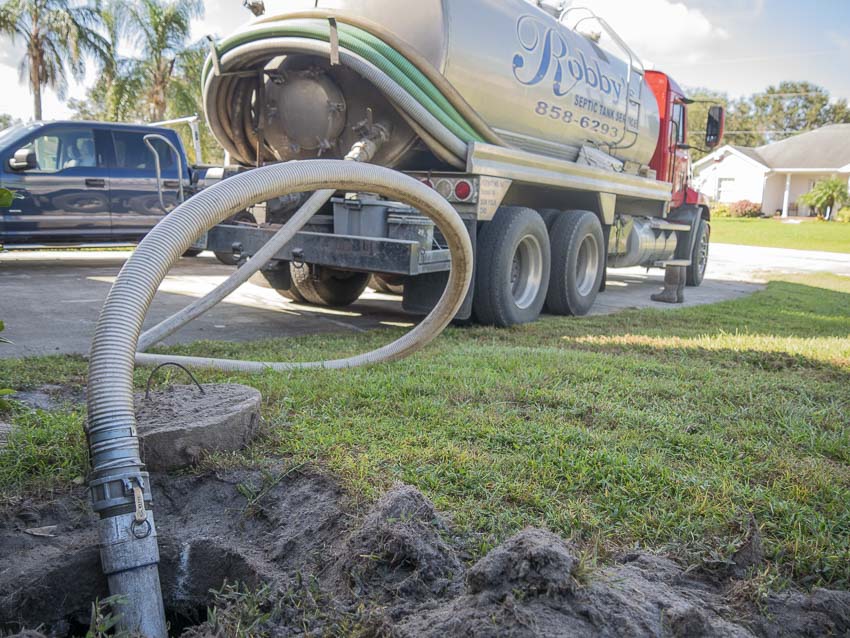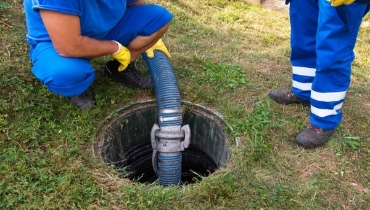The Only Guide to Stillwell Septic And Grading
The Only Guide to Stillwell Septic And Grading
Blog Article
The Basic Principles Of Stillwell Septic And Grading
Table of ContentsA Biased View of Stillwell Septic And GradingAll about Stillwell Septic And GradingSee This Report about Stillwell Septic And GradingExcitement About Stillwell Septic And GradingThe smart Trick of Stillwell Septic And Grading That Nobody is DiscussingEverything about Stillwell Septic And Grading
A dripping bathroom can throw away hundreds of gallons of water a day. Take bathrooms with a partially-filled bathtub and do not leave the faucet running when doing various other tasks. Wash only complete lots of meals and washing.
9 Easy Facts About Stillwell Septic And Grading Described
Prevent burning heaps of leaves or branches over the drainfield, as the warm could damage the plastic pipelines below. Limitation the addition of topsoil or garden compost to no greater than 2 to 3 inches over the drainfield. Septic Inspection. An excellent policy of thumb for landscape design over drainfields is to use shallow-rooted plants that do not need extra topsoil to thrive
Yard is the very best cover. Avoid trees, hedges, and water-loving plants with deep origins. Turfs, combined wildflowers, and ground covers with shallow roots are great alternatives. Plant trees and shrubs a minimum of 30 feet far from your septic tank and drainfield to maintain origins from getting involved in and damaging or obstructing the drainfield pipes.
A septic system failing creates neglected sewer to be launched and moved to where it must not be. This might cause sewer to come to the surface of the ground around the container or the drainfield or to back up in pipes in the structure.
Facts About Stillwell Septic And Grading Revealed
Most of the times, the person that drops in ventures out without significant injury. Yet a youngster's tragic death is a suggestion to check your septic system for damaged or missing out on covers. Proprietors of septic systems are in charge of making sure the systems are risk-free and function appropriately, including having a protected lid on the storage tanks
Consistently inspect the problem of the lids for hazards or problems. Keep the lids safe and secure by repairing or replacing all damaged or missing parts. Usage bolts, screws, or other locks to safeguard the lids and prevent very easy gain access to. Never ever drive or park automobiles on top of septic systems- it can harm or displace the cover.
Our Stillwell Septic And Grading Diaries
Make sure the lids are protected after working on your septic system. Show children that the septic tank lids are not to be played on or opened up.
Noting the degrees will assist figure out if there is a prospective concern with the system. The tank will be completely pumped down, eliminating all of the fluid and strong waste - Septic Tank Pumping. When the container is entirely pumped, the inlet and outlet tees of the will certainly be inspected to ensure they are still undamaged and functioning appropriately
The Of Stillwell Septic And Grading
If you are home at the time of solution (absolutely not called for if that's not your point) you may be asked to purge your toilets to make sure whatever is streaming appropriately. As soon as the service is total, the sewage-disposal tank will be covered as it was when we got here! Specialists suggest having your system pumped every 3 to 5 years but several aspects need to be considered when determining how usually your septic system requires to be serviced.

If your septic has not been serviced in more than 6 months, we would want to service the septic. If the trouble continues, a drainpipe cleaner will after that be sent out to remove the line to the septic storage tank.
Our Stillwell Septic And Grading Ideas

If the ponding is concentrated over the leach field that might suggest a leach line is blocked with Bio-Mat and needs to be repaired or changed. Most sewage-disposal tanks have 2 to 3 covers; one over the inlet side of the sewage-disposal tank (where the water from your home goes into the storage tank), one in the center of the tank, and one on the outlet side of the storage tank (where the fluid from the container departures to your leach area).
Sliced up food fragments do not damage down in the septic container and can make their escape right into your leach field lines triggering clogs. Waste disposal unit, even those significant septic safe, are not taken into consideration helpful for your septic tank. Proper working level is where the water degree in your tank satisfies the electrical outlet tee of the container.
Report this page